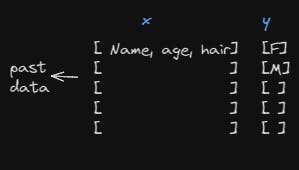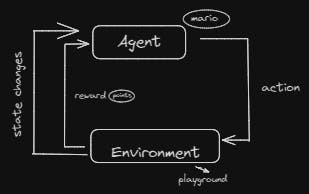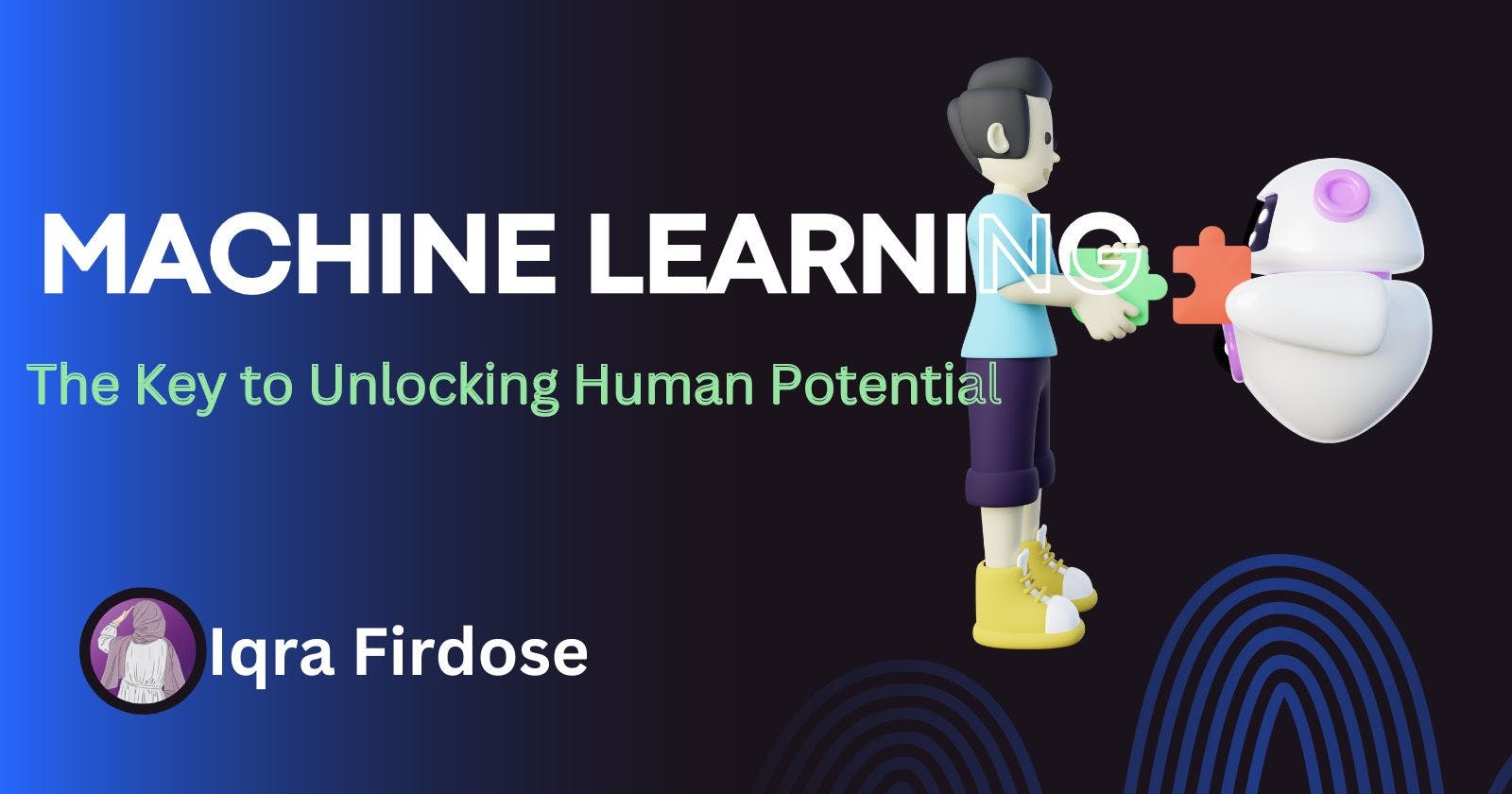Introduction
From self-driving cars to fraud detection, machine learning is being used to solve some of the most pressing problems of our time. But what is machine learning, and how does it work?
In this blog, we will give you a basic introduction to machine learning. We will discuss the different types of machine learning algorithms, their applications, and some of the challenges that machine learning is still facing.
Machine learning
ML is a subset of AI. Artificial Intelligence is making machines smarter and mimicking human behavior. Artificial Intelligence requires knowledge. Learning is the best way to get that knowledge. That's why, ML is a subset of AI.
Machine Learning:
From the name itself, we are knowing machines are learning. Machine Learning is a way to teach machines. Machine learning is training computers to learn from data without being explicitly programmed.
Types of Machine Learning
There are three types of Machine Learning. They are
Supervised Learning
Unsupervised Learning
Reinforcement Learning
Supervised Learning
Supervised Learning is a type of machine learning where the machine is trained with Labelled data. It predicts the output of new data with the help of past data.
The process of supervised learning is as follows:

Here, The input is the training data which is past data. The past data is given to the algorithm to train the model. There are various types of algorithms are present. We choose the algorithm depending on the type of data and the type of problem. After that, we create a model. The model is simply a mathematical equation. Let's say
y=mx+c
In that, x is the input
y is output
m,c are values that are automatically generated by the algorithm
To the model, we give test data which is new data and the model gives the result.
Let's understand with an example:
We have past data that tells the person is female or male by the features name, age, and hair.
We will consider x as an input and y as an output. x and y both are given in the data. The past data is our training data.

Now, to predict the output of the new data, we use that training data, we compare new data features with the past data features if the features match, we give the output.

It means, in supervised learning
x is given and for each entry in x, y is also given
learns from data given in the past
Generalized predictions for future data.
Here, y can be discrete or continuous.
Unsupervised Learning:
unsupervised learning is a type of machine learning where the algorithm is not given any labeled data to learn from. Instead, it must find patterns and relationships in the data on its own.
It means, in unsupervised learning
No labeled data
Algorithm finds pattern
Only x is given, y is not given
With unsupervised learning, we can group customers who buy similar products. We can use that list for personalized product recommendations and promotions.
Reinforcement Learning:
Reinforcement learning is a type of machine learning that involves an agent interacting with an environment to learn how to make decisions that maximize reward. The agent learns by trial and error, the feedback is received in the form of rewards or punishment depending on its actions.
Here, the agent interacts with the environment to perform actions, and the environment gives rewards or punishment depending on its actions. After getting the reward the state of the environment changes.

Reinforcement learning is mainly used for games.
So, we will take an example of the Mario game. In reinforcement learning,
The agent is a Mario
And the environment is a playground and Mario performs actions and gets rewards in the form of points.
The state of the environment is changing, changing the levels of the game.
Again these learnings models are classified :
supervised is classified into two :
1. classification
2. Regression
Classification:
classification is a supervised learning task that predicts a given input's class or category based on its features.
Here, The output y is discrete
Example: Email spam filtering
We train the model on emails that contain spam keywords, such as "lottery" and "you're lucky." This allows the model to identify spam emails.
Regression:
regression is also a supervised learning task that focuses on predicting the continuous numerical value based on input features.
Here, The output y is continuous.
Example: Price prediction of a land
We predict the price of land in the range.
Unsupervised is also classified into two :
Clustering
Association Analysis
Clustering:
clustering is an unsupervised learning technique used to discover inherent patterns and groups in a dataset without predefined class labels.
Example: customer segmentation
We group customers based on their purchases. Then, we send them recommendations and promotions for their most frequently purchased products.
Association Analysis:
Association Analysis is also known as Market-based analysis. It is a technique used to discover relationships between items in the dataset.
Example: Cross-selling strategies
We group customers based on their product purchases of commonly purchased products like milk and bread. In this way, we create pairs of products that are often bought together. Then, we create marketing strategies for these products, such as offering discounts or promotions.
The various algorithms are :

Applications of ML:
Machine learning is used in a wide variety of applications, including:
Predictive analytics: Machine learning algorithms are used to predict future events, such as customer churn or product demand.
Fraud detection: Machine learning algorithms are used to detect fraudulent transactions.
Natural language processing: Machine learning algorithms are used to understand and process human language.
Computer vision: Machine learning algorithms are used to analyze images and videos.
Self-driving cars: Machine learning algorithms enable self-driving cars to navigate the road safely.
Supervised learning model applications:
Weather prediction
Stock price analysis
Sales forecast
Unsupervised learning model applications:
Customer segmentation
Churn analysis
Reinforcement learning model applications:
Building games
Building robots
Problems that are not solved using ML
While Machine learning has proven to be a powerful tool in solving a variety of problems, there are many challenges still that are not well suited.
problems that require:
Creativity
Undersatnding of emotions
Decision making
The example is that the machine learning algorithm may be able to generate music but it lacks the ability to truly understand the emotional and cultural contexts.
Conclusion
Machine learning is a powerful tool that can be used to extract insights from data and make predictions. Supervised learning models are used when the desired output is known, while unsupervised learning models are used when the desired output is unknown. Reinforcement learning models are used when the agent learns to interact with its environment in order to achieve a goal.
If you're still here, Thanks for reading the blog and investing your time 😊. I hope you find this blog insightful and you learn something out of this. If you did, then shower some support by 🤍the blog and follow me on Hahsnode, and don't forget to subscribe to my newsletter to not miss any blogs.
